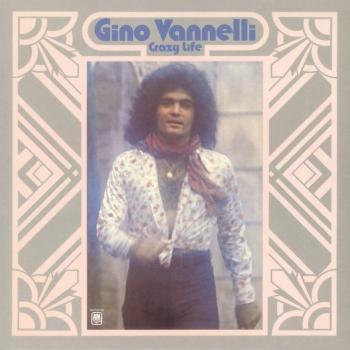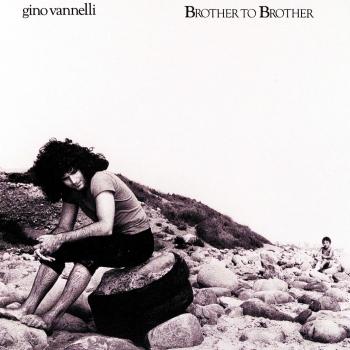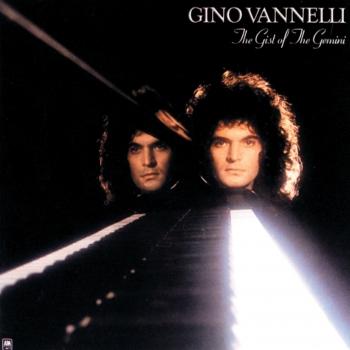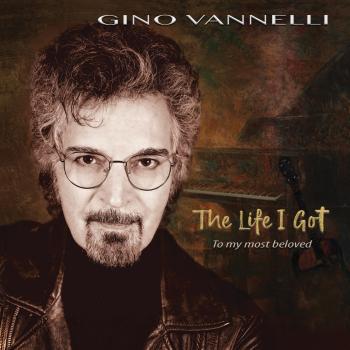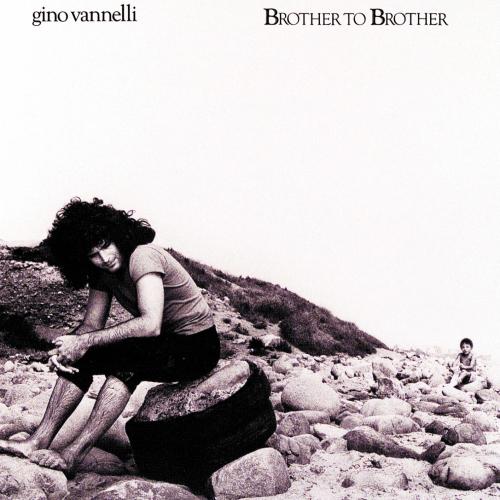
Brother To Brother (Remastered) Gino Vannelli
Album info
Album-Release:
1978
HRA-Release:
21.09.2021
Album including Album cover
I`m sorry!
Dear HIGHRESAUDIO Visitor,
due to territorial constraints and also different releases dates in each country you currently can`t purchase this album. We are updating our release dates twice a week. So, please feel free to check from time-to-time, if the album is available for your country.
We suggest, that you bookmark the album and use our Short List function.
Thank you for your understanding and patience.
Yours sincerely, HIGHRESAUDIO
- 1 Appaloosa (Album Version) 04:44
- 2 The River Must Flow (Album Version) 03:48
- 3 I Just Wanna Stop 03:37
- 4 Love & Emotion (Album Version) 03:49
- 5 Feel Like Flying (Album Version) 05:17
- 6 Brother To Brother (Album Version) 07:16
- 7 Wheels Of Life 04:14
- 8 The Evil Eye (Album Version) 04:14
- 9 People I Belong To (Album Version) 04:01
Info for Brother To Brother (Remastered)
Brother to Brother is the sixth studio album by Canadian singer Gino Vannelli. Despite its success - the biggest of Vannelli's career - it was also his last for A&M Records. The album was released in 1978 and featured "I Just Wanna Stop", Vannelli's highest-charting single to date in both the US and Canada, where the single reached #4 and #1 respectively.
"By this point, Vannelli has pared away the often-bizarre edges of his sound and became more mainstream. That's not a bad thing. This album's predecessor, A Pauper in Paradise, seemed to blow up his pretensions to skyscraper size with only the melodic and gorgeous "The Surest Things Can Change" coming out unscathed. The good news is that Brother to Brother seems to pick up from that point. The big hit here, the sexy and confident "I Just Want to Stop," gets a great vocal from Vannelli and the backing vocalists. Throughout, this one gets the sense that Vannelli finally got what made him special vocally and lyrically. "Love and Emotion" and "Feel Like Flying" have a maturity that he couldn't have pulled off two albums before. That is also true of the pensive "Wheels of Life," a song that's so melodically rich and thought-provoking, it's surprising that Peabo Bryson didn't cover it on one of his albums. Gino Vannelli's often more personal than more artists, and the final track proves it. The sleek and well-arranged "People I Belong To" has Vannelli examining the lives of his parents and brothers in a way that can't help but be affecting. After a few years of successful albums for A&M, Brother to Brother coalesced the sound and is recommended to fans of pop and R&B." (Jason Elias, AMG)
Gino Vannelli, lead vocals, synthesizers
Joe Vannelli, electric piano, synthesizers
Carlos Rios, guitars
Leon Gaer, synthesized electric bass (1-4, 7, 8)
Jimmy Haslip, electric bass (5, 6, 9), bass solo (6)
Mark Craney, drums
Manolo Badrena, percussion
Victor Feldman, vibraphone
Ernie Watts, tenor saxophone
Stephanie Spruill, backing vocals
Julia Waters, backing vocals
Maxine Waters, backing vocals
Ross Vannelli, backing vocals
Produced by Gino Vannelli, Joe Vannelli, and Ross Vannelli
Digitally remastered
Gino Vannelli
has remained one of the most distinctive voices in contemporary music having sold over 20 million records worldwide. From rock, to jazz, to soul, even classical, he’s left no musical stone unturned. Starting his career in 1973, he was one of the first Caucasian artists to perform on Soul Train and toured with the legendary Stevie Wonder. He gained momentum with his first single, “People Gotta Move” in 1974 and continued to make waves as he releases his hit single, “I Just Wanna Stop” reached #1 in Canada and #4 in US on Billboard’s Hot 100. The single garnered GINO a Grammy Award-nomination for “Best Male Pop Vocal Performance” in 1978. In 1979, he won his second Juno Award for “Best Male Vocalist” and continued to churn out hits including the Top 10 singles “Living Inside Myself” (1981) and “Wild Horses” (1987).
GINO caught the attention of Pope John Paul II with his 2001 song “Parole Per Mio Padre” (Words For My Father) and performed it for the Pope himself at the Vatican. He then released Canto (BMG) in 2003 which featured contemporary classical songs sung in English, Italian, Spanish and French.
In 2013, GINO performed for the first time in over 15 years in Los Angeles, CA at the historic Saban Theater which was recorded and released as a CD/DVD compilation, Live In LA, in 2014 and charted at #1 on Amazon. In 2021, GINO released his latest album, More that A Good Thing, which contains a contemporary remake of “The River Must Flow” (from his Gold-certified 1976 album Brother To Brother) featuring Brian Mcknight on backing vocals and Michael Phillips on talk box.
Some things get better with age and GINO is living embodiment of that sentiment. Whether performing piano-voice concerts in theaters, singing before symphony orchestras in concert halls, big bands or a pop ensemble, to throngs of enthusiastic fans, GINO remains impassioned and true to his art as ever. His standing as a powerful and innovative live performer have seen him continue to perform sold-out shows across the globe.
This album contains no booklet.










